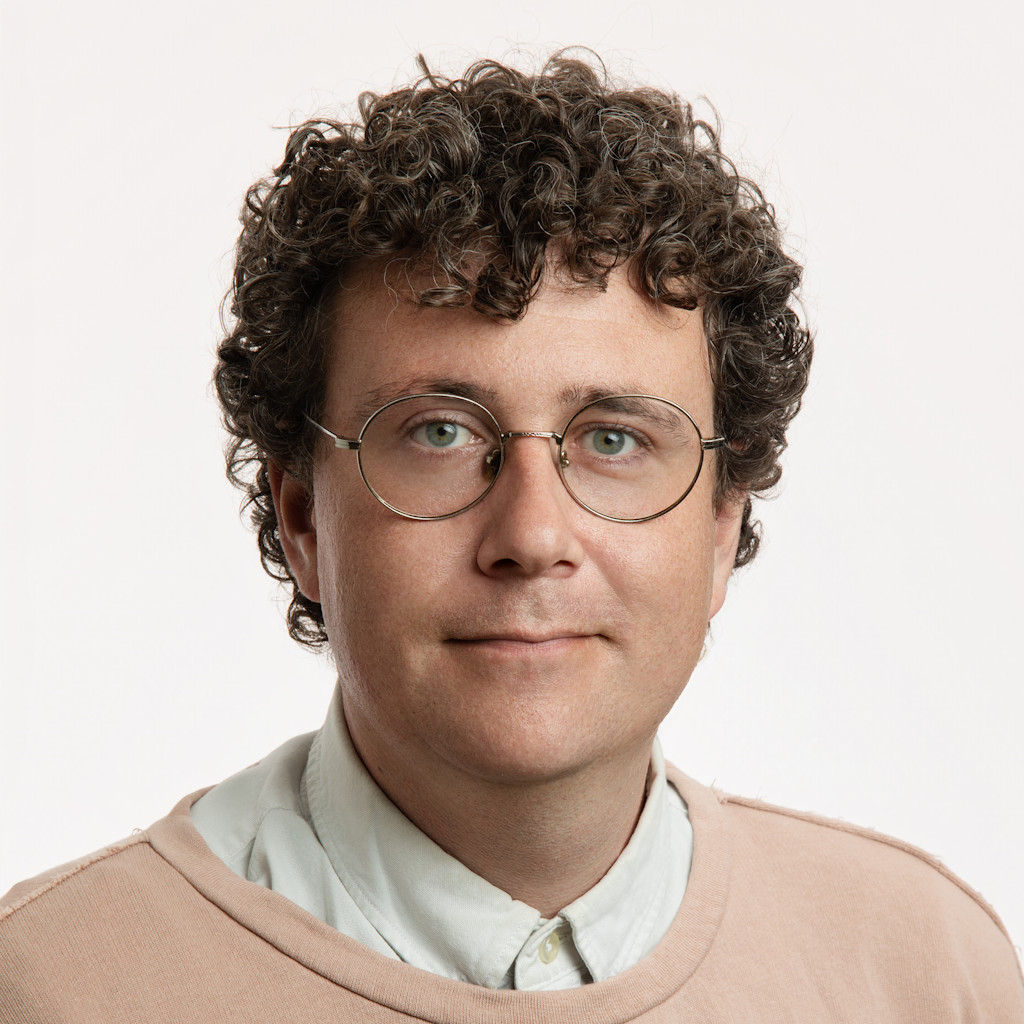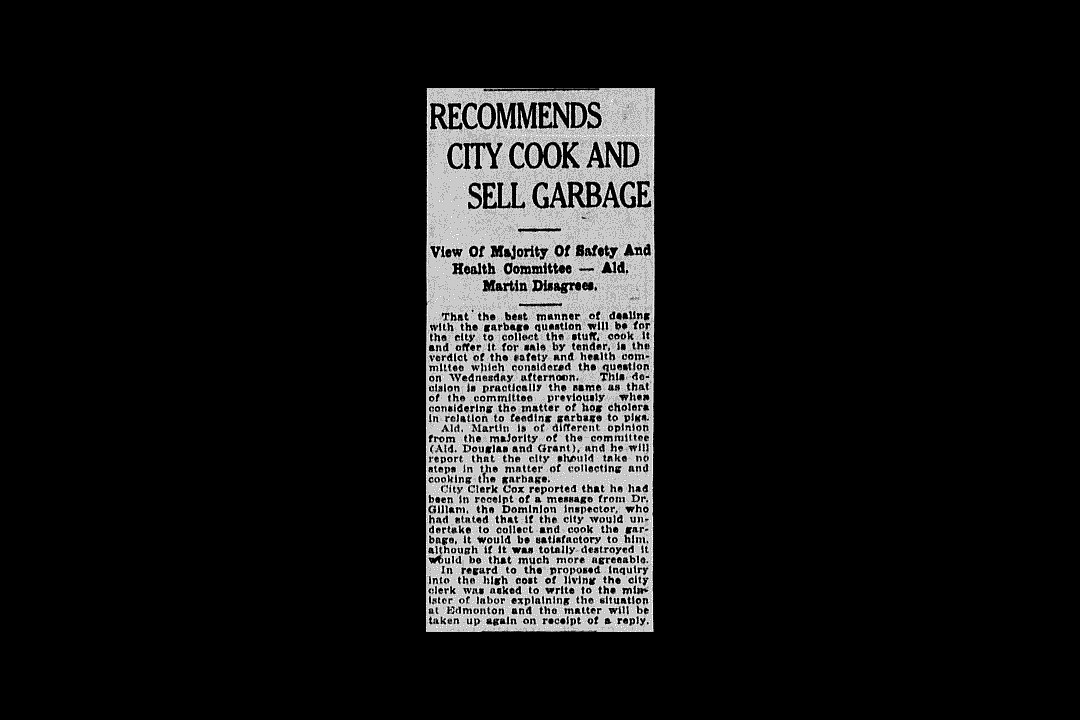
Edmonton startup credits Scaleup GAP for glow up
An Edmonton startup that helps immigrants navigate the settlement process in Canada credits a suite of accelerators brought to the province by Alberta Innovates for helping it get traction.
Lawtiq began as a "marketplace for lawyers like Expedia" before it joined Alberta Catalyzer, one of five programs created under the Alberta Scaleup and Growth Accelerators Program. After participating in the pre-accelerator, Lawtiq became an AI-powered "immigration and settlement platform providing services to newcomers in Canada," co-founder and CEO Ali Salman told Taproot.
"Because of Alberta Catalyzer, we hired our first employee," he said at a July 25 event highlighting the accomplishments of the program known as Scaleup GAP. "We pivoted to immigration and settlement, and that's exploded for us."
Salman's Lawtiq is one of 234 Alberta companies that have benefited from Scaleup GAP since it began in earnest 15 months ago with the creation of Alberta Catalyzer and the introduction of four accelerators: Alberta Accelerator by 500, which is run by 500 Global; Plug and Play Alberta, which is run by Plug and Play Tech Center; the TELUS Community Safety and Wellness Accelerator, powered by Alchemist; and the SVG | Thrive Canada Accelerator, run by SVG Ventures.
"Our target was 100 companies that we would help during that first year," Alberta Innovates CEO Laura Kilcrease told reporters. "I'm pleased to say we knocked the ball out of the ballpark."
Alberta companies participating in Scaleup GAP have raised $147.5 million in investment, created 118 jobs, and grown revenue by $12.4 million, Alberta Innovates says. The province has invested $35 million over three years in the program.
Aside from Lawtiq's first hire and pivot, Salman credits the program with his company's first customer transaction. He also says it directly led to growth that includes seven hires in the past six months and 30 to 40 more to come.
"One of the things I would emphasize is the conversations with the mentors," Salman said. "These mentors are someone that you cannot access. These are all successful business people. They are the ones who have made it."
Having graduated from Alberta Catalyzer, a joint project between Edmonton Unlimited and Platform Calgary, Lawtiq is now part of the current batch of companies in Alberta Accelerator by 500.





